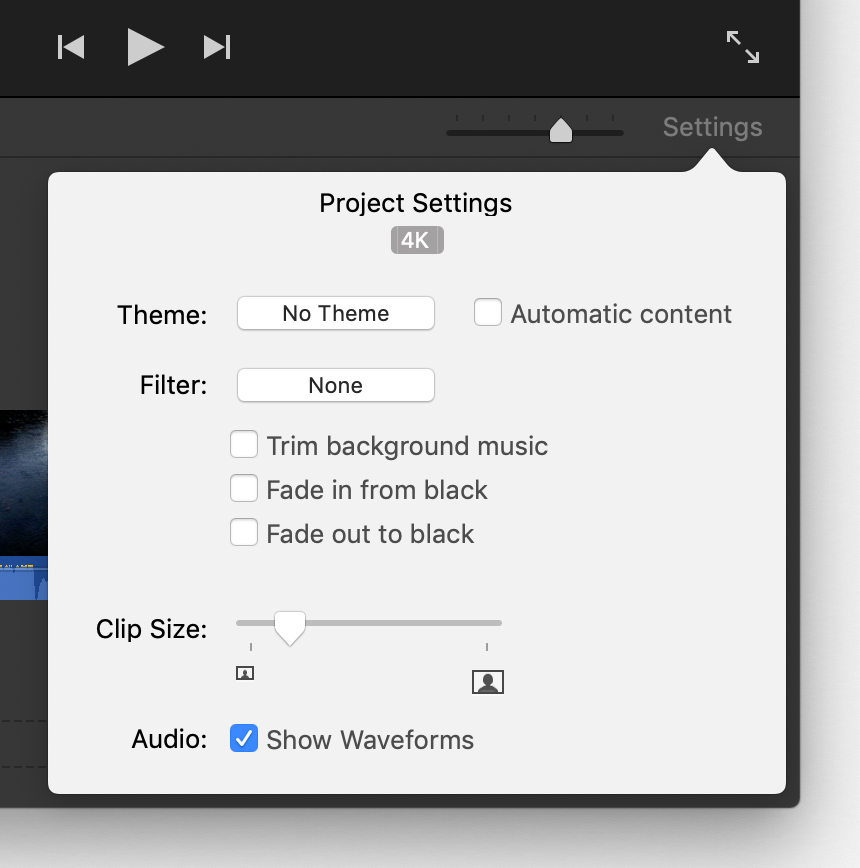

APPLE PHOTOS PROJECTS HELP DOWNLOAD
There would be no need to download an app, users would just opt-in to the tracing right on their device.

The second phase of the project is to bring even more efficiency and adoption to the tracing tool by bringing it to the operating system level. The value of contact tracing should extend beyond the initial period of pandemic and into the time when self-isolation and quarantine restrictions are eased. The API would allow apps to ask users to opt-in to contact tracing (the entire system is opt-in only), allowing their device to broadcast the anonymous, rotating identifier to devices that the person “meets.” This would allow tracing to be done to alert those who may come in contact with COVID-19 to take further steps. In a briefing today, Apple and Google said that the API is a simple one and should be relatively easy for existing or planned apps to integrate. The first phase, a private proximity contact detection API, will be released in mid-May by both Apple and Google for use in apps on iOS and Android. To fix these issues, Google and Apple teamed up to create an interoperable API that should allow the largest number of users to adopt it, if they choose.
APPLE PHOTOS PROJECTS HELP INSTALL
You need a massive amount of adoption in one system for contact tracing to work well.Īt the same time, you run into technical problems like Bluetooth power suck, privacy concerns about centralized data collection and the sheer effort it takes to get enough people to install the apps to be effective. With contact tracing, every time you fragment a system like this between multiple apps, you limit its effectiveness greatly. One of the reasons the companies got involved is that there is poor interoperability between systems on various manufacturer’s devices. The project was started two weeks ago by engineers from both companies. Our own Jon Evans laid out the need for a broader tracing apparatus a week ago, along with the notion that you’d need buy-in from Apple and Google to make it happen.

The companies say that those organizations identified technical hurdles that they were unable to overcome and asked for help. One such example is MIT’s efforts to use Bluetooth to create a privacy-conscious contact tracing tool that was inspired by Apple’s Find My system. If a match is found with another user that has told the system that they have tested positive, you are notified and can take steps to be tested and to self-quarantine.Ĭontact tracing is a well-known and debated tool, but one that has been adopted by health authorities and universities that are working on multiple projects like this. A match is determined based on a threshold of time spent and distance maintained between two devices. Servers relay your last 14 days of rotating IDs to other devices, which search for a match. The system uses on-board radios on your device to transmit an anonymous ID over short ranges - using Bluetooth beaconing.


 0 kommentar(er)
0 kommentar(er)
